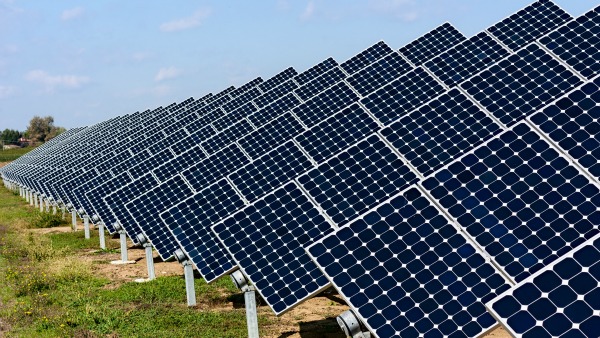Renewable Energy Planning

| Generating electricity from Renewable Energy (RE) sources can play a significant role in advancing cities sustainability goals and reducing carbon outputs. Many cities in the Southeast have found RE to be an expensive and confusing venture, as what is “normal” in California can still be challenging in this region. It has to be proven, preferably by trusted neighboring communities, and needs to have a life beyond flash in the pan grants driven by shifting federal agendas. RE Planning Guides, while somewhat helpful, rarely feature RE ordinances from this region. |
THESE BASIC STEPS OUTLINE HOW TO PLAN FOR THE LONG-TERM SHIFT IN CITY ENERGY PORTFOLIOS:
- Know your three pillars. The Southeastern U.S. has a variety of readily available RE sources, including land to generate biomass, coastal wind, water tables accessible enough to tap for geothermal, and enough sunlight that can produce high return on investment on solar installations. To understand what will work in a specific community, take time to understand specific economic capabilities, cultural perceptions, and environmental realities. This article gives insight into why RE has been slower to grow in the South.
- Learn who is doing what and how. Studies point to tools the Southeast is using right now at the State and Local level. There is rarely just one measure applied. Rather, it’s a portfolio of EE and RE strategies, policies, regulations, and incentives that move the needle urban center by urban center.
- Start with Energy Efficiency (EE) – Putting RE into a building system that hasn’t been weatherized is like putting icing on a cake before it’s baked. Planning for RE should be done after EE needs have been assessed. RE grants or incentives should only follow EE actions. More on this topic here.
- Know local utility and governing State structures. Every Southeastern State with the exception of North Carolina is absent a RE Portfolio Standard. Knowing State barriers can help navigate around them. Similarly important is a working understanding the local utility profit structure you are operating in. This knowledge can foster conversations that start on similar ground.
- Understand the incentives. Those who went through the Solar Cities program know this site like an old friend. It’s a State-by-State database of Incentives for Renewables and Efficiency, and can help when designing local EE and RE programs. (http://www.dsireusa.org).
- Lean on Peers. Cities like Asheville, NC; Knoxville, TN; and Orlando, FL have made great strides incorporating EE and RE into their sustainability plans. Reach out to SSDN members there to learn how.
- Use resources from other sectors. Enough work has been done so you don’t have to invent the EE and RE wheel when it comes to planning and zoning. Check out partners like DOE, ACEEE, SACE, and SEEA for the how-to’s of energy planning, ordinances, and zoning.